Spring 2013
When Two Become One: Understanding the Ins and Outs of Practice
Recently projected trends in health care provider reimbursement and regulation will likely motivate practice consolidations. Entering into a partnership with another practice may be one way to avoid selling out to a hospital. It might also help practices maintain autonomy while becoming a stronger force in the marketplace.
Combining forces is a solution midway between hospital employment and total independence in a small group practice. And it’s best pursued through a strategic planning process that follows a natural sequence of phases.
Getting started
Most practice mergers occur when two sets of physicians become collegial and friendly, and then decide that it would be to their mutual benefit to practice as one. But a more businesslike and less risky approach is for one practice to decide it needs a strategic partner and then systematically look for good candidates.
The next step is to hold informal conversations between the potential merger partners, covering the business rationale for a consolidation and discussing whether combining forces would be a good fit for both organizations. As talks go on, the conversation should switch to developing a shared vision and goals, finding commonality among providers and specialties, maximizing the benefits of combining, and establishing high levels of trust and respect between the two entities.
If, after these talks, both sides commit to proceeding, the next step is to sign letters of intent and nondisclosure agreements.
Develop a timetable
Once both parties are comfortable with the merger, hire an expert to help guide the group’s planning efforts. He or she should develop an action plan that includes a detailed timetable. Some of the tasks that must be performed include:
- Gathering data and launching the due diligence process,
- Preparing pro forma financial statements describing the combined entity after the consolidation has gone through,
- Retaining a CPA to assess the tax and accounting implications of the merger models,
- Hiring an attorney to look at any legal implications, evaluate alternative legal structures and draft the documents,
- Setting the terms of each physician’s buy-in to the new entity and their compensation model,
- Setting the anticipated compensation structure, and
- Polling the physicians to determine whether they wish to proceed with the consolidation.
Once the plan is approved, it’s time to implement the merger.
Implementing the merger
The merging parties must select a board of directors, officers and committee members. Their task will be to determine which facilities, equipment and other assets are redundant and should be eliminated. Most operational functions — billing and collections, on-call schedule, employee compensation and benefits, vendor relationships, patient relations, and referral source relations — must be consolidated.
The new practice will need to not only create a corporate and tax identity, but also find a malpractice carrier under which all physicians’ coverage can be consolidated. In addition, it must select a bank for the new entity’s checking account, line of credit and lock box. Other tasks that will need to be accomplished include:
- Acquiring a practice management system, which may be accompanied by an EHR system,
- Consolidating fee schedules,
- Notifying Medicare, Medicaid and private payors of the change in the status and identity of the new entity, and
- Announcing the new physician group to existing patients, referral sources and the public.
All of these tasks are essential to establishing a lock-tight, workable agreement.
Work with the pros
As you can imagine, consolidating two entities into one can be challenging. But it is doable. Both parties must be willing to work together to form the union. As mentioned, it’s critical to bring in qualified accountants, lawyers and other health care professionals that will work together to ensure the new entity is well constructed in accordance with your state’s law. •
Don’t want to consolidate? Alternatives are available
If your practice doesn’t wish to consolidate, there are other choices:
Go upscale. Become a concierge-style practice that offers high-grade amenities, such as 24/7 access to a doctor, customized health advice, same-day service with no waiting, guidance with specialty care, and any out-of-office testing or procedures. You may even offer house calls for annual fees that can range from $1,000 to $5,000 per patient.
Shrink down. Some physicians have moved to what’s called a “micropractice.” It’s a bare-bones model distinguished by an absence of a receptionist, nurse, billing clerk, waiting room or lab. Overhead is much less than a traditional practice, so out-of-pocket fees for patients can be low.
Consolidate, but remain functionally independent. Merging with another practice may not necessarily deprive you of continued autonomy. Physician group consolidations can take whatever form the parties choose. With competent legal advice, it’s possible to negotiate an arrangement that allows you to essentially remain a standalone practice but share certain elements with your partner practice to gain better leverage with payors and greater economies of scale.
This material is generic in nature. Before relying on the material in any important matter, users should note date of publication and carefully evaluate its accuracy, currency, completeness, and relevance for their purposes, and should obtain any appropriate professional advice relevant to their particular circumstances.


Subscribe to Our Newsletter
Receive a digest of articles published by our thought leaders in your inbox.
Subscribe to Get Our Special Offers
Thanks for subscribing. You'll be the first to hear about new items and special offers.
Please try again later.
Resources
Meyers Brothers Kalicka, P.C. | Privacy Policy







